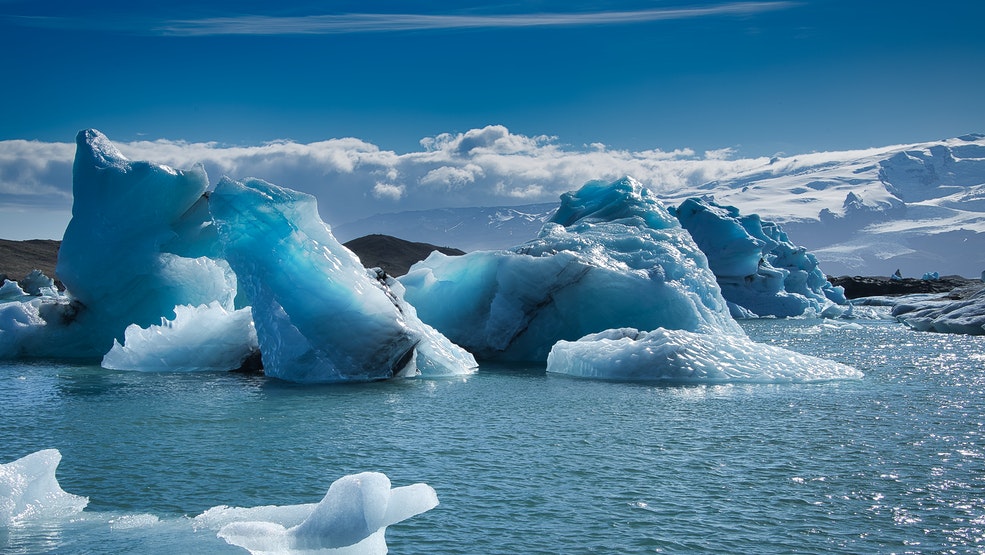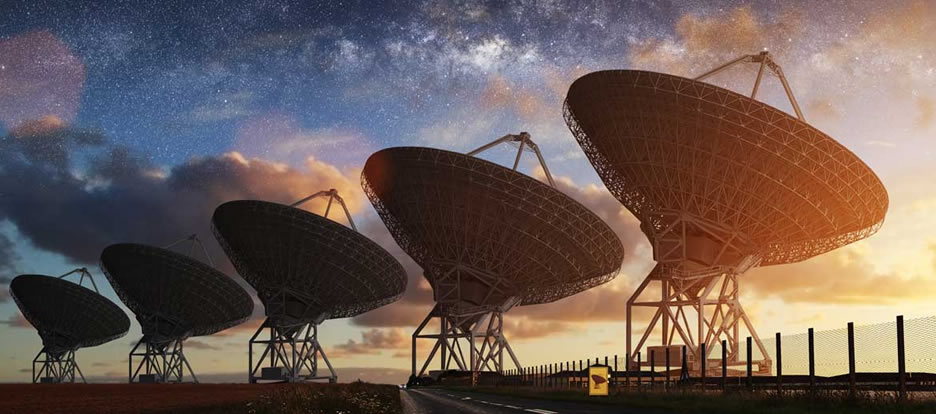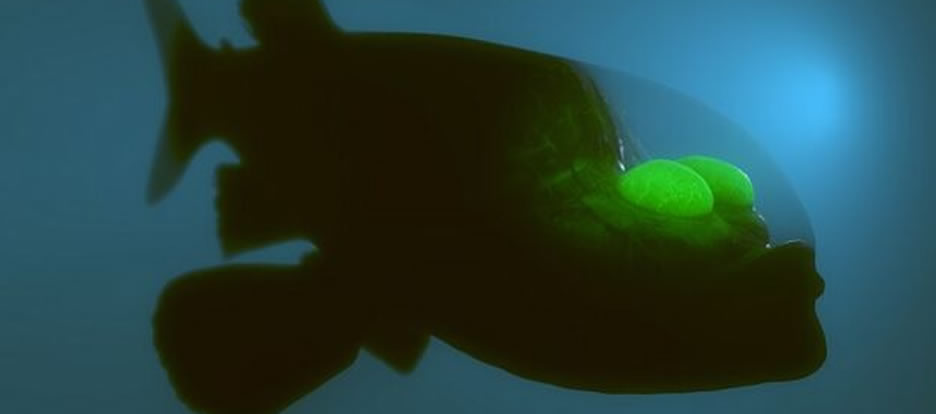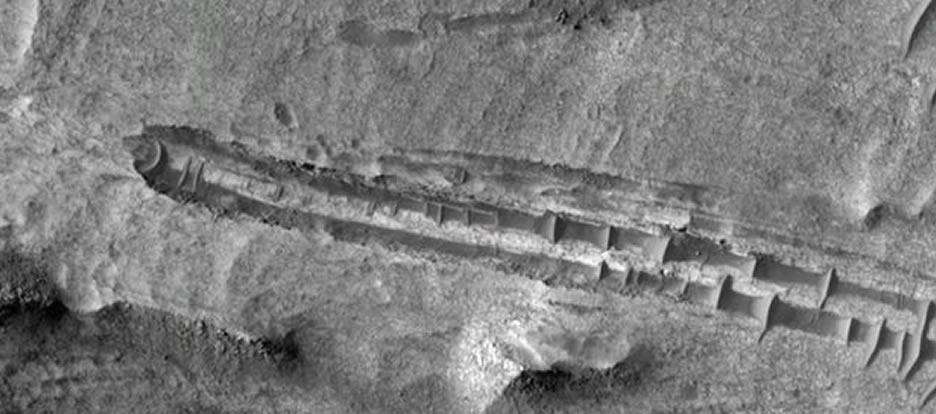An unexpected oasis of extreme marine life has been discovered living and flourishing under the Antarctic Ice Shelf. Although researchers had hoped to find some life in this cold, stygian environment, the variety and sheer volume of these extreme environment survivors was wholly unexpected.
BACKGROUND: EXTREME ENVIRONEMETS FOSTER EXTREME LIFE
The vast majority of life on Earth relies on sunlight for at least some of its basic biological processes. Exceptions to this rule have often been dubbed “extremophiles” for their ability to live and even thrive in extreme environments such as deep water thermal vents that experience no sunlight. This also includes the Antarctic, where its ice shelves have previously revealed some species eking out a living in this sunless environment, but in small numbers.
Now, a group of researchers have taken a look beneath one of these previously unexplored regions, and what they found was beyond any expectations.
ANALYSIS: UNIQUE LIFE THRIVING IN THE DARK
To actually lay eyes on such a deep, dark environment like those beneath Antarctic ice shelves, researchers from the Alfred Wegener Institute (AWI), Helmholtz Centre for Polar and Marine Research in Germany, took an old fashioned approach. Specifically, they used plain old hot water to drill holes through nearly 200 hundred meters of hard ice of the Ekström Ice Shelf near Neumayer Station III in the South Eastern Weddell Sea in 2018.
Once through the thick ice, the team collected a wide array of fragments of life found on the hidden seabed. And according to the press release announcing the shocking results, the variety and amount of life found in those samples “were extra-ordinary and completely unexpected.”
The same release also notes that even though this seabed was several kilometers away from the open sea, “the biodiversity of the specimens they collected was extremely rich.” In fact, the research team notes, their collected samples included 77 different species of marine life, making them even richer and more diverse than many of the samples taken in nearby open water where there is sunlight and more food sources.
This discovery of so much life living in these extreme conditions is a complete surprise and reminds us how Antarctic marine life is so unique and special,” said the study’s lead author Dr. David Barnes from the British Antarctic Survey. “It’s amazing that we found evidence of so many animal types, most feed on micro-algae (phytoplankton) yet no plants or algae can live in this environment.”
OUTLOOK: LIFE FINDS A WAY
Most theories of marine life postulate that the farther removed from sunlight and open water, the less diverse and less dense life will become. However, this latest data seems to belie those assumptions. The researchers postulate that enough algae must be making its way from open water to support this strong food web, but that is only one possible explanations











kuris0
pqpm23